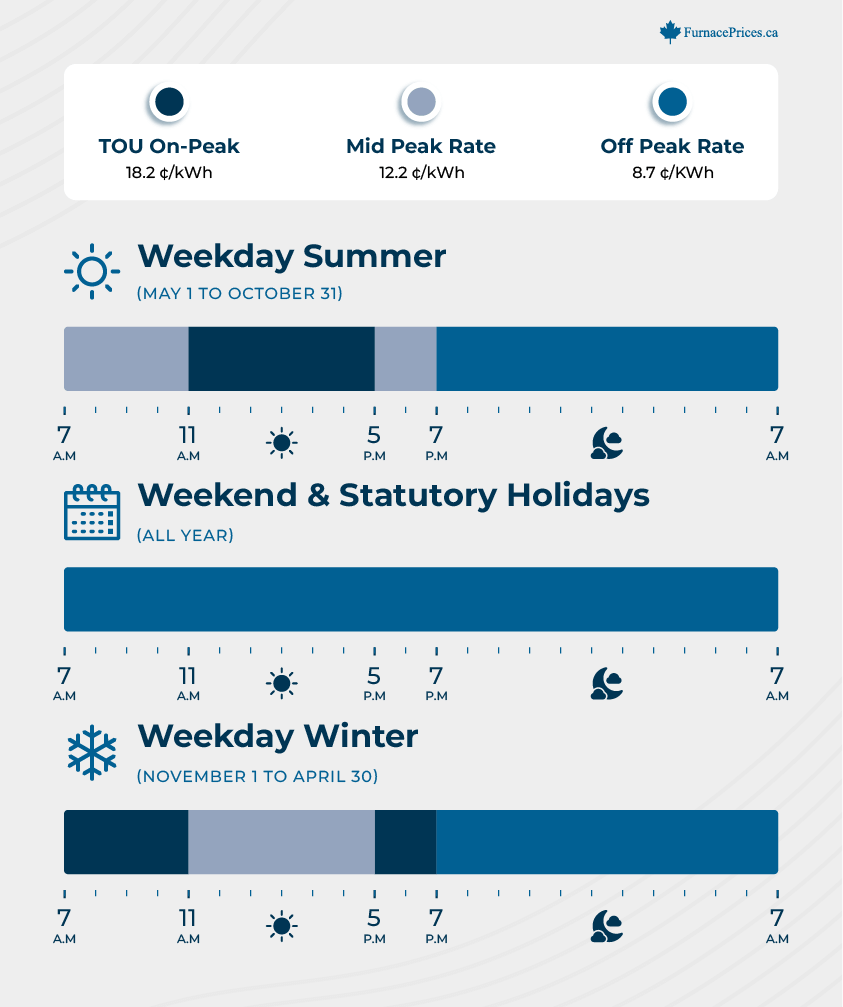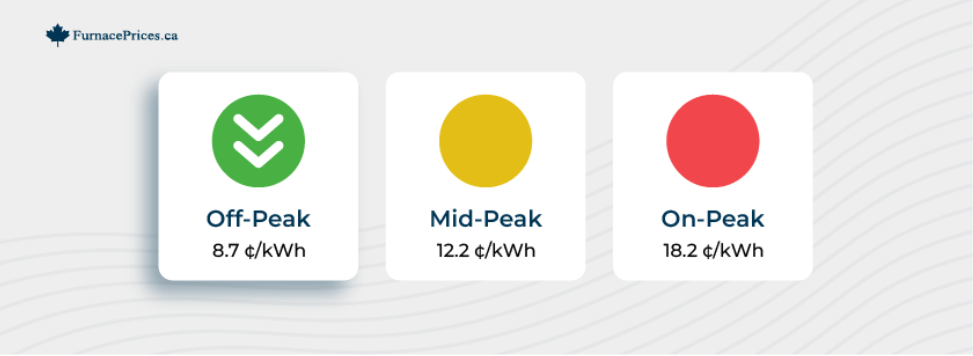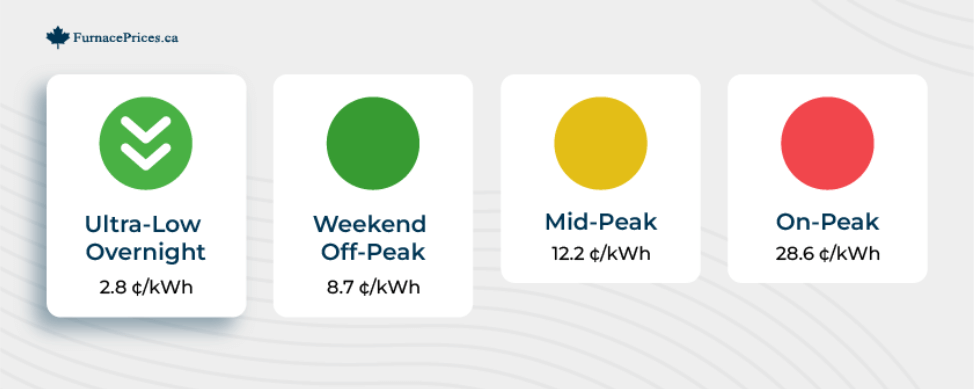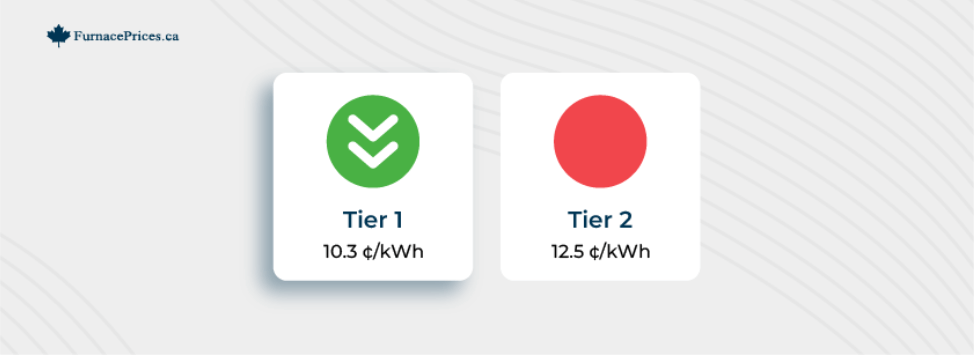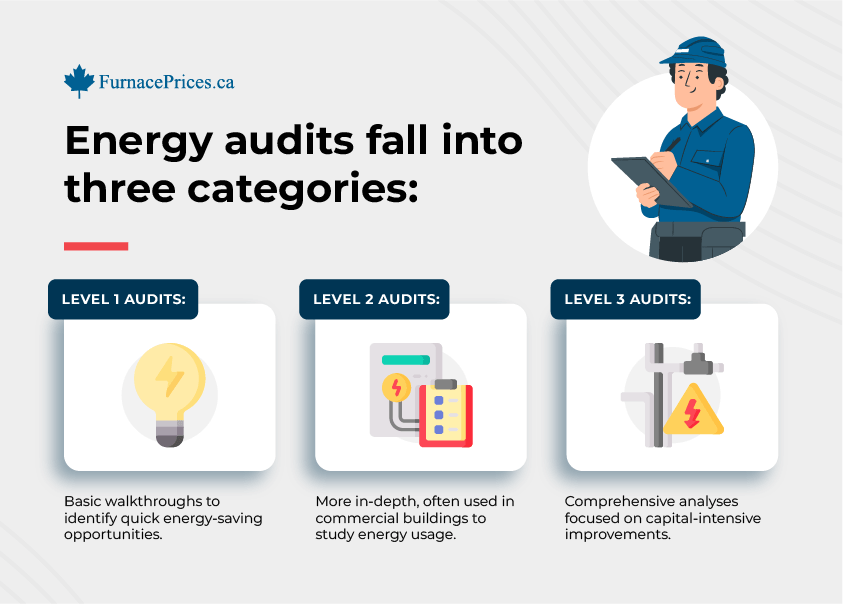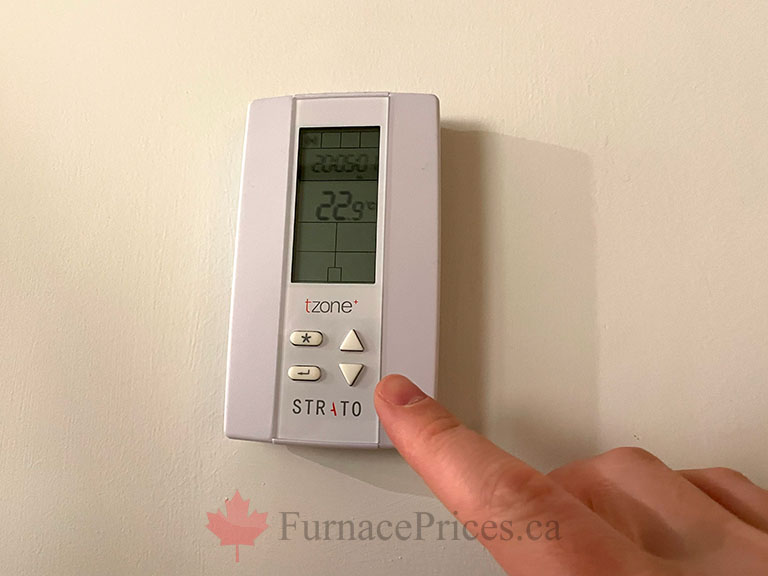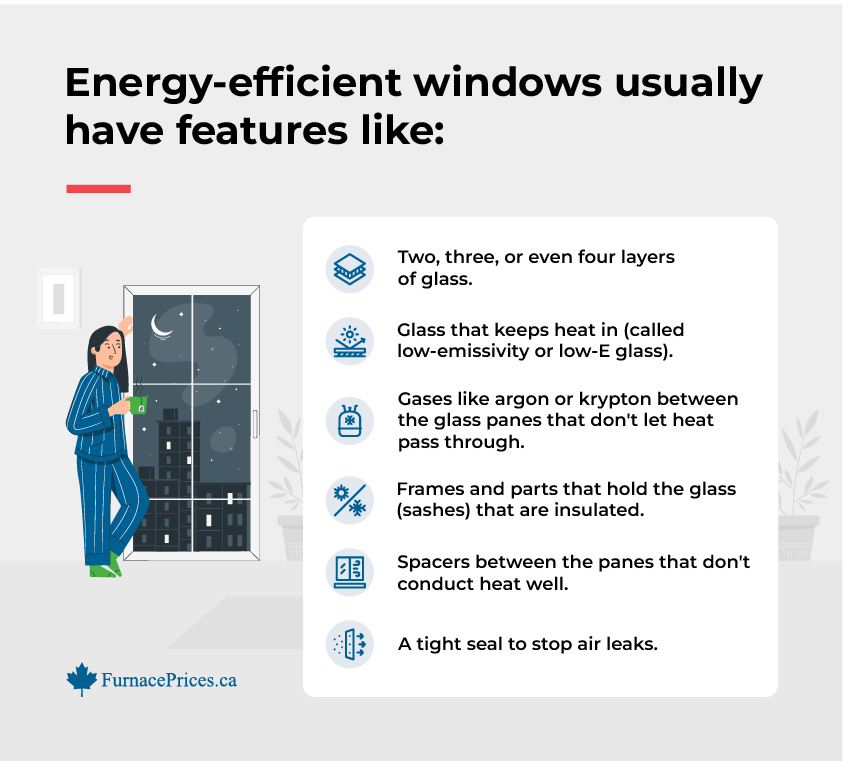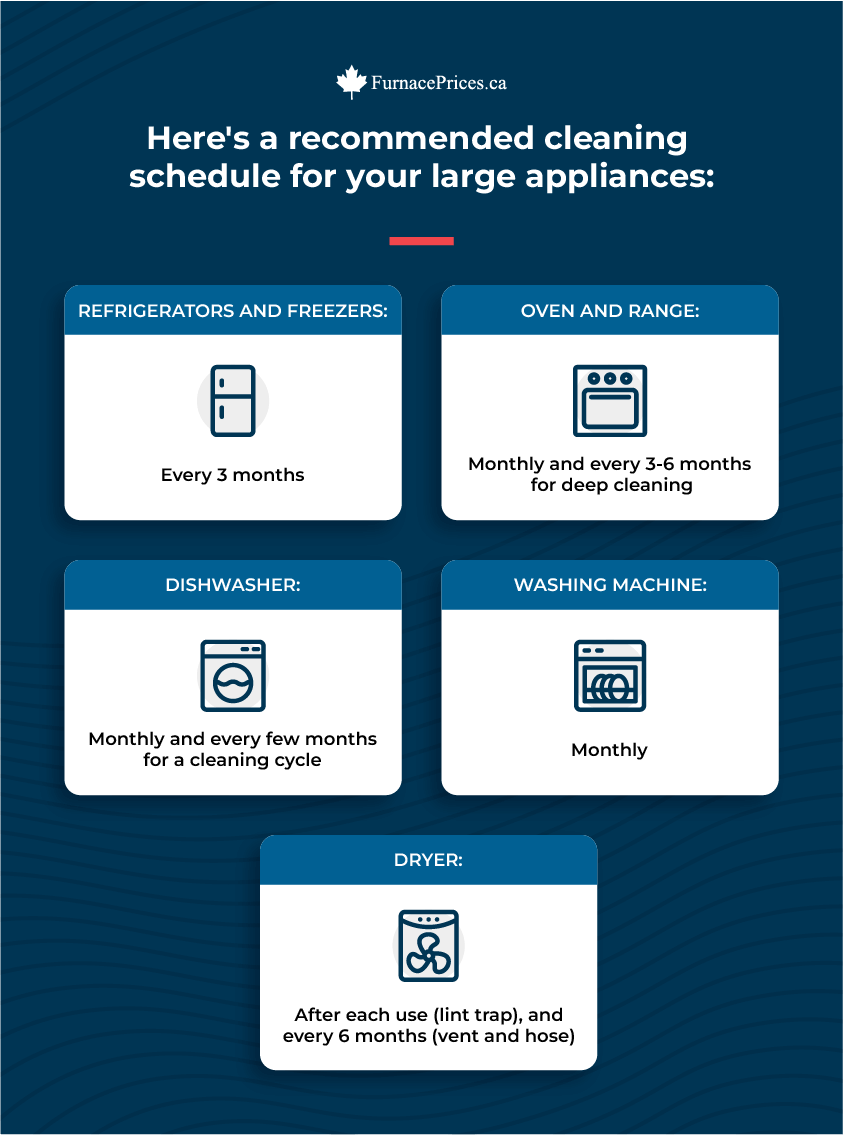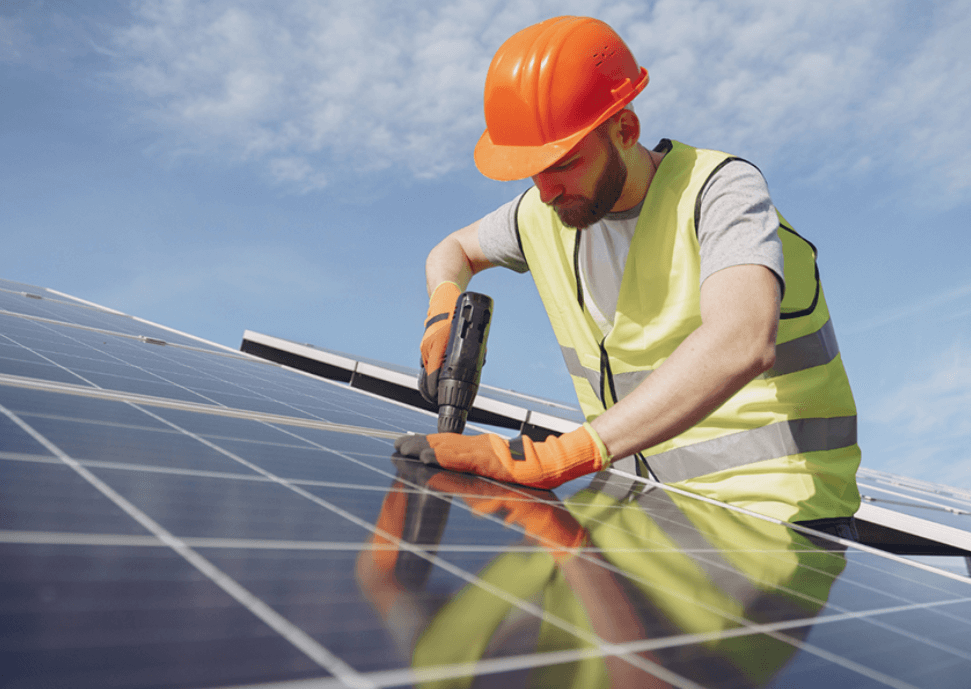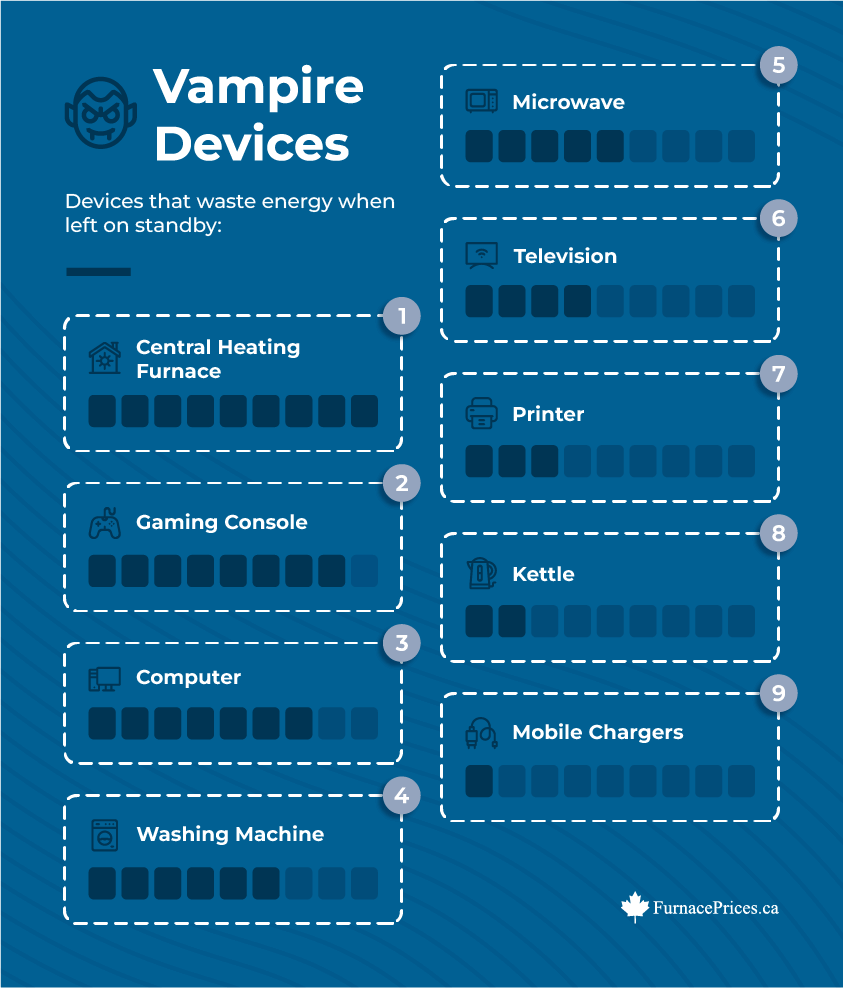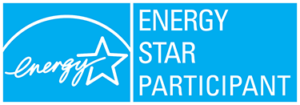If you’re in Manitoba and struggle to upgrade your home to be more energy-efficient, you can apply for the Energy Efficiency Assistance Program Manitoba.
In this guide, we will explain everything you need to know about the EEAP, including who can apply, what benefits you get, and how to apply. We will also discuss the different types of assistance the program offers.
Looking for an HVAC contractor? Check out our post on the Best HVAC Companies in Winnipeg.
What is the Energy Efficiency Assistance Program in Manitoba?
The Energy Efficiency Assistance Program (EEAP) in Manitoba helps homeowners and renters with limited household income make energy-efficient home upgrades.
The program is offered by Efficiency Manitoba, a Crown corporation established in 2003 by the Manitoba government to promote energy efficiency in the province.
The program is income-based, meaning you must meet certain income requirements to qualify. If you qualify, you can receive free or subsidized upgrades, such as:
- Insulation upgrades
- Furnace replacements
- Air sealing
- Lighting upgrades
- Water heater replacements
Program Benefits and Incentives
The Energy Efficiency Assistance Program (EEAP) in Manitoba offers several key benefits and incentives to reduce the financial burden of making your home more energy-efficient.
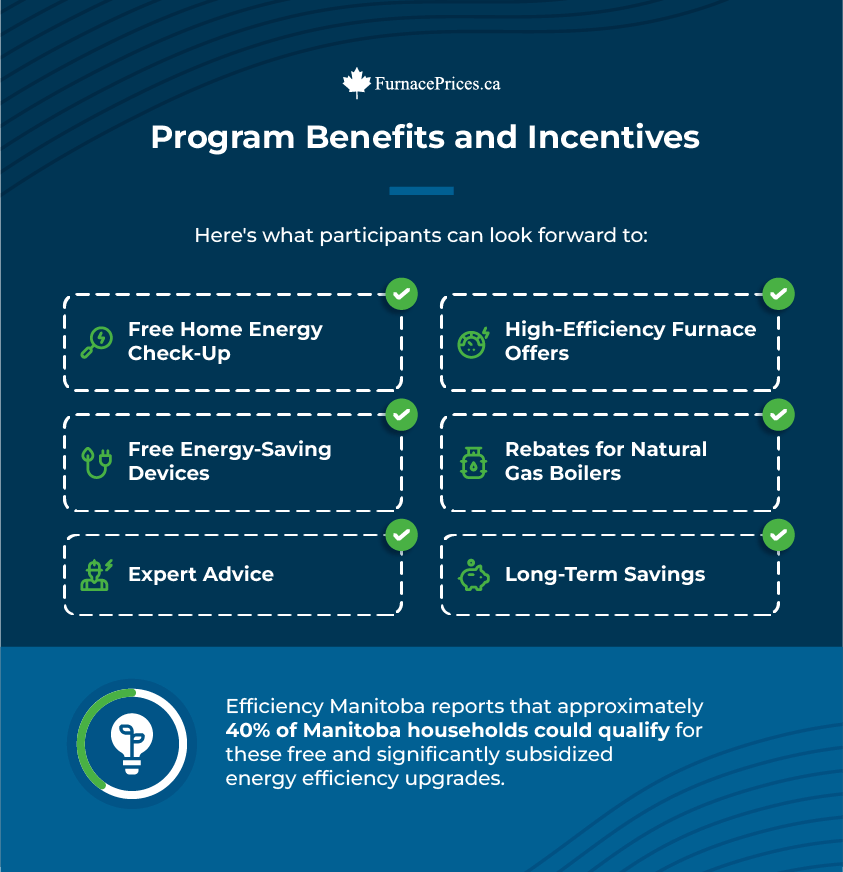
Here’s what participants can look forward to:
- Free Home Energy Check-Up: Every participant gets a complimentary home energy evaluation. This assessment identifies where you can improve energy use and cut costs.
- Free Energy-Saving Devices: You’ll receive no-cost energy-saving items, such as LED light bulbs, energy-efficient showerheads and aerators, and products to seal air leaks.
- Expert Advice: Efficiency Manitoba’s experts guide you through selecting the most beneficial upgrades, ensuring your improvements are both cost-effective and energy-efficient. The program connects you with skilled contractors who specialize in energy-efficient installations.
- High-Efficiency Furnace Offers: Participants can upgrade to a high-efficiency natural gas furnace at a significantly reduced cost—only $9.50/month for five years when upgrading from a standard-efficiency furnace or $25/month for five years when upgrading from a mid-efficiency furnace.
- Rebates for Natural Gas Boilers: A $5,000 rebate is available towards purchasing a qualifying high-efficiency natural gas boiler, offering substantial savings on a major heating upgrade.
- Long-Term Savings: The upgrades and devices provided by the EEAP lead to reduced electricity and natural gas bills, providing financial benefits for years.
Efficiency Manitoba reports that approximately 40% of Manitoba households could qualify for these free and significantly subsidized energy efficiency upgrades.
Who Can Benefit from the Energy Efficiency Assistance Program?
The Energy Efficiency Assistance Program is for you if you:
- Own a Home with Limited Income: If you’re a homeowner looking to enhance your property’s energy efficiency but are concerned about the costs, the EEAP can provide the financial support and expert guidance you need.
- Rent a Home with Limited Income: Renters with a tight budget qualify for the program.
- Are a Landlord: Landlords who want to increase their property’s value and appeal while cutting down on energy costs for their tenants will find the EEAP beneficial.
Additionally, if you own or manage an apartment building and are considering energy efficiency upgrades for individual suites, Efficiency Manitoba’s In-Suite Energy Efficiency Program may be more suited to your needs.
Get Quotes
How soon are you looking to buy?*



Qualification Criteria
To be eligible for the Energy Efficiency Assistance Program in Manitoba, you need to meet specific criteria.
- Type of Home: Your home must be a single-detached or semi-detached house.
- Residency: You must live in the home throughout the year.
- Household Income: Your total household income (before deductions) must be at or below the following limits, depending on how many people live in your home:
| Number of people in the home* | Total income limit |
|---|---|
| 1 person | $42,600 |
| 2 people | $53,035 |
| 3 people | $65,200 |
| 4 people | $79,161 |
| 5 people | $89,784 |
| 6 people | $101,260 |
| 7 or more people | $112,739 |
*You will need to provide income verification documents for all household members who are 18 years of age or older.
Besides income, the program may also consider other factors when reviewing your eligibility, such as the value of your property and other assets you own.
If it turns out the Energy Efficiency Assistance Program isn’t a match for you, Efficiency Manitoba has many other ways to help make your home energy-smart. Check them out here.
Application Process

Follow these steps to make your home more energy-efficient with the Energy Efficiency Assistance Program.
Step 1: Application and Income Eligibility Verification
Applicants must fill out and submit an eligibility application online or by mail, accompanied by income verification documents for all household members aged 18 and older.
For rental properties, the landlord must submit the application, with eligibility based on the income verification documents provided by the tenants.
Landlords are required to obtain a Tenant Consent Form from their tenants, which should be included with the Proof of Income documents.
Income verification documents can be submitted through the following:
- Email to EEAP@efficiencyMB.ca (Applicants should conceal their Social Insurance Number on the documents for security reasons, though Efficiency Manitoba notes the security of information sent via email cannot be guaranteed.)
- Fax to 844-361-2315
- Mail to Efficiency Manitoba | Energy Efficiency Assistance Program, PO BOX #247 STN MAIN, Winnipeg, MB R3C 2G9
Step 2: Free Home Energy Check-Up
After applying, you’ll receive a free home energy check-up from an expert. This includes the free installation of energy-saving devices and assessment of the home’s heating system and insulation for potential upgrades.
Step 3: Selection of a Registered Contractor
If your home is eligible for a heating or insulation upgrade, the team will help you connect with registered contractors. The applicant chooses a contractor from the provided list who will guide them through the subsequent steps.
Step 4: Completion of Eligible Upgrades
The chosen contractor coordinates the installation of the energy efficiency upgrade aimed at maximizing energy savings. Once the project is approved, the contractor informs the homeowner and schedules the installation at the earliest convenience.
Step 5: Finalization
All registered contractors have arrangements to invoice Efficiency Manitoba directly, eliminating the need for applicants to cover any upfront costs. Efficiency Manitoba handles the payment process, allowing homeowners to enjoy reduced energy bills.
Final Thoughts
If you’re in Manitoba and looking to save on energy costs, the Energy Efficiency Assistance Program (EEAP) is a great opportunity.
You could benefit from free energy-saving devices, insulation upgrades, and more, all aimed at reducing your bills and enhancing home comfort.
Check if you qualify, apply, and start enjoying lower energy costs and a more comfortable, sustainable home.

